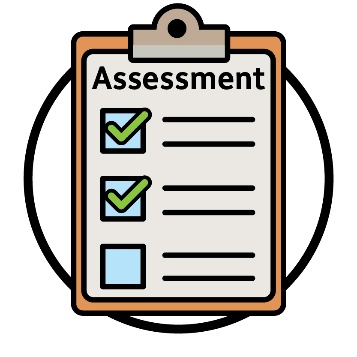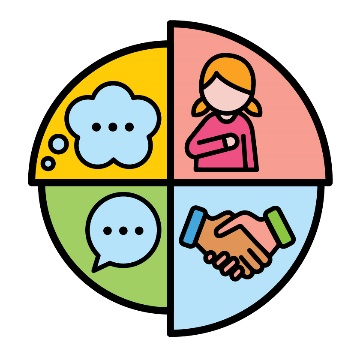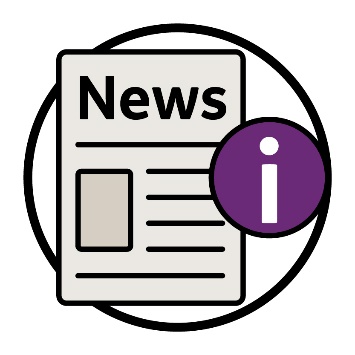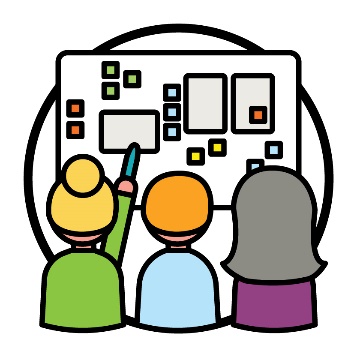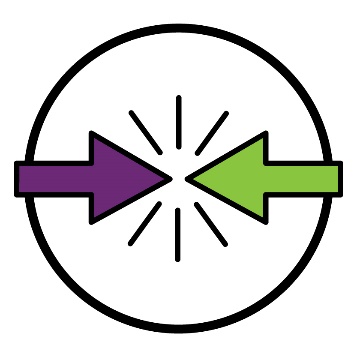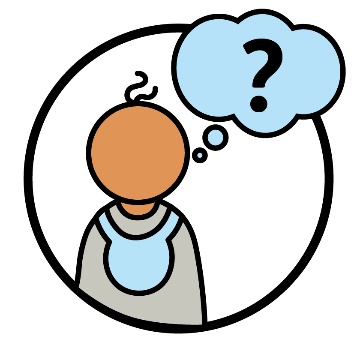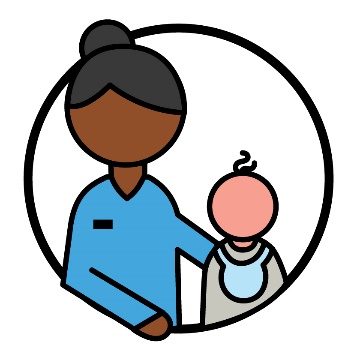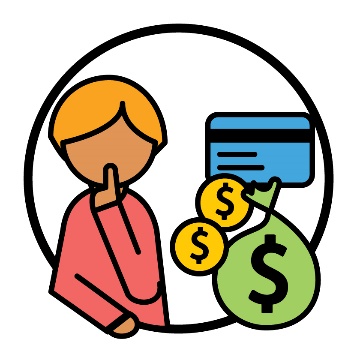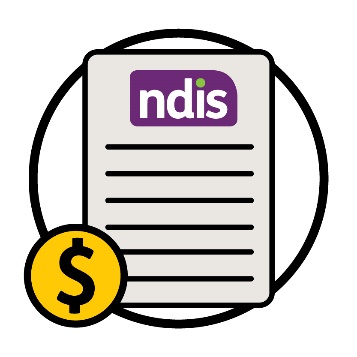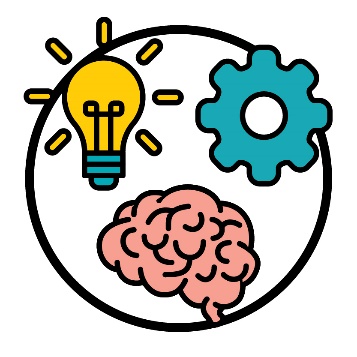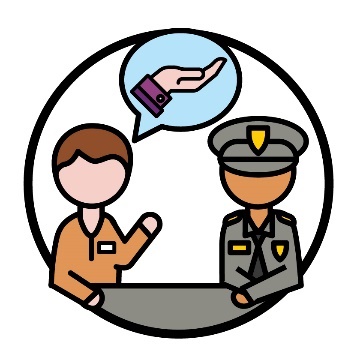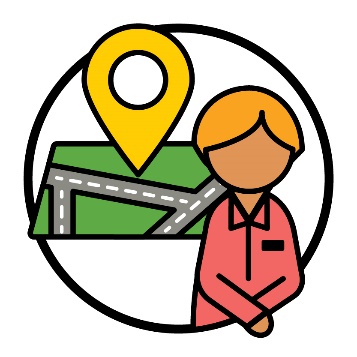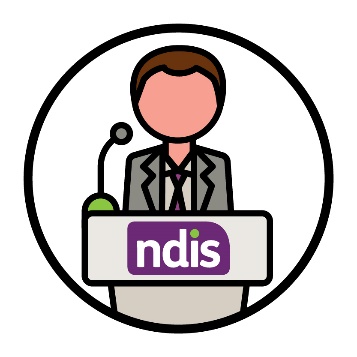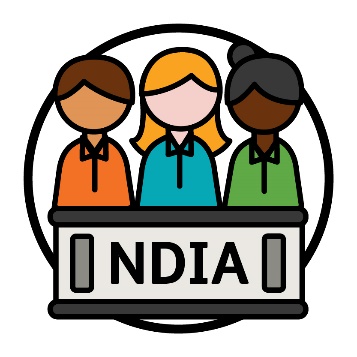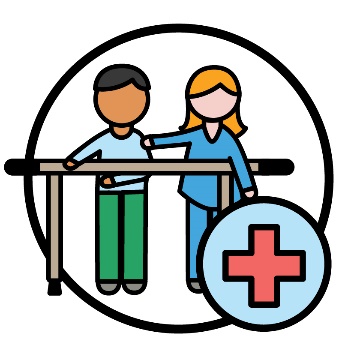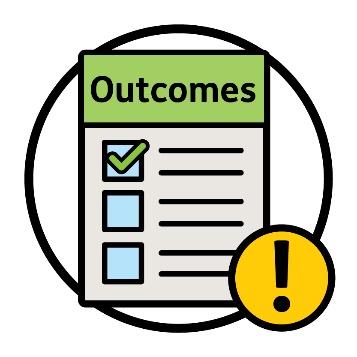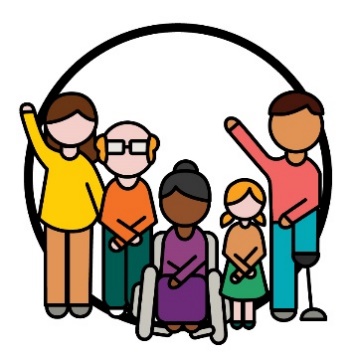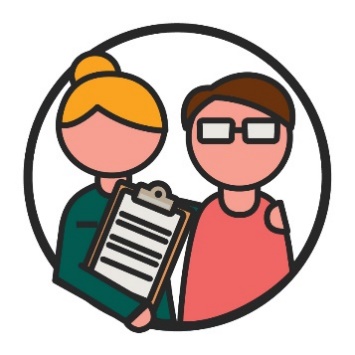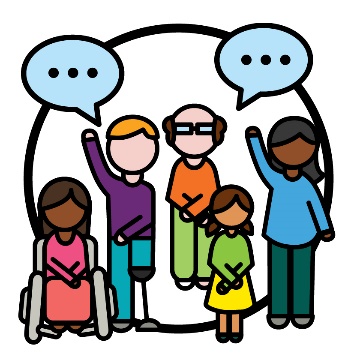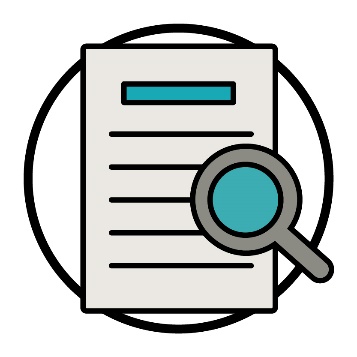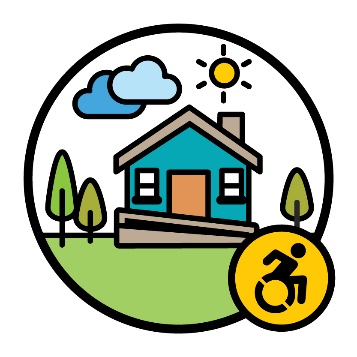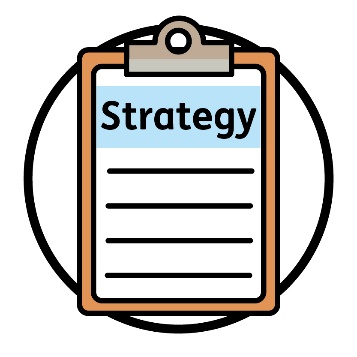Word list
This list explains what the bold words in this document mean.
|
|
Assessment Assessments help us work out:
|
|
|
|
Autism Autism is a disability that can affect how you:
|
|
|
|
Bulletin A bulletin is an important news item we share with the community. It explains what we did in our last meeting. |
|
|
|
Co-design Co-design is when people work together to plan something new. |
|
|
|
Conflict of interest A conflict of interest is when someone could affect a decision so the result is better for them. |
|
|
|
Developmental delay Some children might not develop at the same pace as other children of the same age. They may need extra help to do everyday things. When this happens, we say they have a developmental delay. |
|
|
|
Early childhood partner Early childhood partners support:
|
|
|
|
Fraud When someone commits fraud, they do something that is not honest on purpose. |
|
|
|
Funding Funding is money from your plan that pays for the supports and services you need. |
|
|
|
Intellectual disability An intellectual disability can affect how you:
|
|
|
|
Justice Liaison Officers (JLOs) JLOs support prisons to understand how the NDIS can support people with disability in prisons. |
|
|
|
Local area coordinator (LAC) An LAC is someone who helps people with disability find and use supports and services. |
|
|
|
Minister A minister leads an area of government. |
|
|
|
NDIA Board The NDIA Board is a group of people who make decisions about all parts of the NDIA. |
|
|
|
Occupational therapist An occupational therapist helps someone find ways to do everyday tasks |
|
|
|
Outcomes Outcomes are important results we want to achieve. |
|
|
|
Participants Participants are people with disability who take part in the NDIS. |
|
|
|
Providers Providers support people with disability by delivering a service. |
|
|
|
Reference Group A Reference Group is a group of people who give us advice about a certain topic. |
|
|
|
Review When the NDIA reviews something, they check to see what:
|
|
|
|
Specialist disability accommodation (SDA) SDA is housing for people with disability who need extra support most of the time. |
|
|
|
Strategy A strategy is a plan for how the NDIA will do things in the future. |
|
|
|
The Information Access Group created this Easy Read document using stock photography and custom images. The images may not be reused without permission. For any enquiries about the images, please visit www.informationaccessgroup.com. Quote job number 5264-A. |
